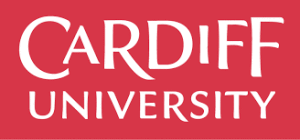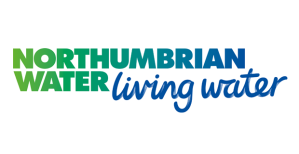Project
At present MICP relies on a limited set of microorganisms and substrates. Performances strongly depend on specific physico-chemical environmental conditions, and are often difficult to reproduce between studies. Our hypothesis is that mathematical modelling can describe the MICP sufficiently well to help identify the most promising combinations of bacteria types and chemical conditions, guiding today’s lengthy and costly experiments towards the most effective self-healing solutions.
Specific objectives to realise the aim of this project (and alignment with work packages, WPs) are:
1. Simulate biomineralization in concrete at the mesoscale of an individual crack (Work Package 1);
2. Couple the mesoscale simulations with larger-scale models, to describe how the microscopic processes accompanying biomineralization alter the macroscale properties of concrete (Work Package 2);
3. Validate the meso-to-macro model via experiments (Work Package 3). The experiments will provide data both for the mesoscale and for the macro-mechanical simulations;
4. Apply the new validated simulations to guide the experimental development and optimisation of new bacteria-cement systems (Work Package 4 – with our industrial partner Northumbrian Water Ltd).




